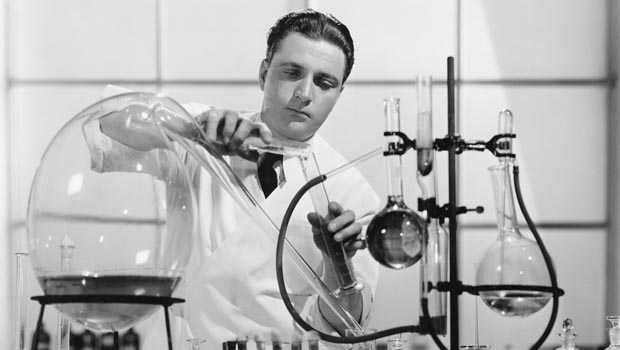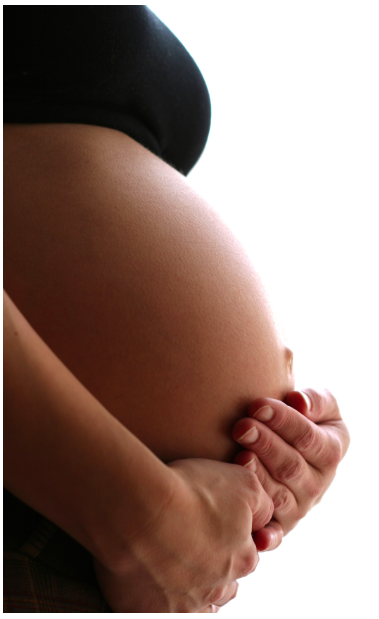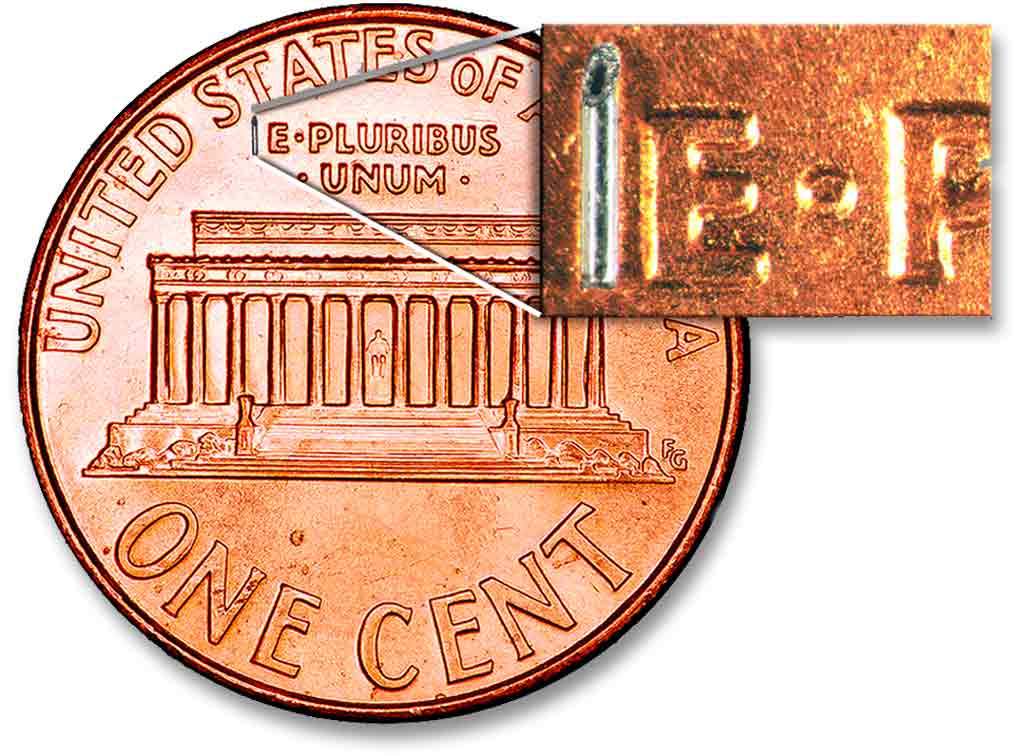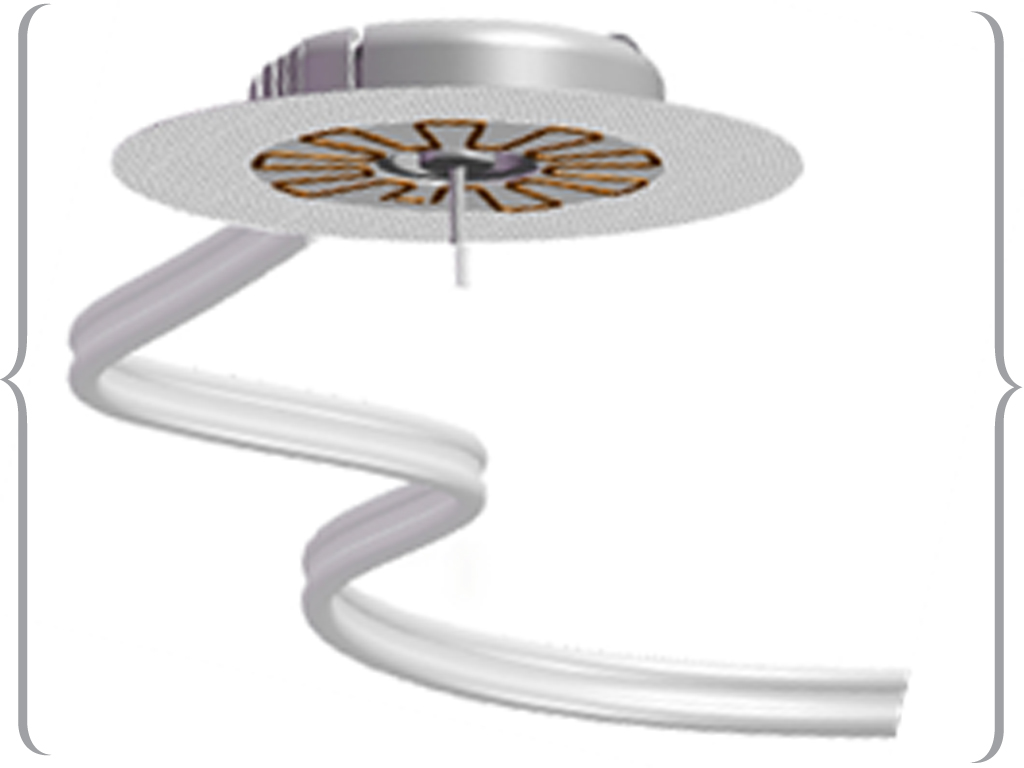Diabetes Care: 1950-1990

Frustrated with the pace of advances in diabetes care? Take a look back at some of the tools that were available for people with diabetes from the 1950’s to the 1980’s in this walk down memory lane from Judith Jones Ambrosini’s book The Sisterhood of Diabetes: Facing Challenges and Living Dreams.
The 50’s
In 1956, disposable syringes were patented in New Zealand by a pharmacist/inventor, but American company BD brought the Plastipack syringe to market in 1961. Plastipacks were an instant hit.
In 1958, a little contraption called Tes Tape came on the market. Looking like a carpenter’s measuring tape, this new gadget dispensed a small roll of indicator paper for testing glucose in urine.
Tes Tape was a minor breakthrough for people with diabetes—you pulled a few inches off the roll and dipped the tape into drops of urine, then waited to see if the strip remained yellow, meaning no sugar, or if it turned a dark green/blue color, indicating high sugar. Was it accurate in reading blood glucose levels? No.
The 60’s
Tes Tape had some popularity in the early ’60’s. People even used it to check if there was sugar in soda or wine. Dextro-sticks and Clini-sticks (1963–65) were litmus indicator paper strips that were a step up from TesTape since they had the capacity to read blood instead of urine, thus giving a more accurate account of real blood glucose.
The 70’s
Urine testing with the archaic methods of old were quickly forgotten when the second greatest discovery after insulin came along: the home blood glucose monitor. The first Ames Reflectance Meter, ARM, became available to doctors in 1971 to check a patient’s blood glucose levels during office visits rather than draw blood and send it out to labs. Pricey at $495, it basically read, via reflective light, the blood glucose level of a Dextro-stick and gave it a number.
The home blood glucose monitor traveled from the doctor’s office into patient homes with the help of a man with diabetes named Richard Bernstein. An engineer at the time, Bernstein asked his doctor about using the meter at home. It was determined that a prescription was necessary to insure that the doctor would be responsible for training the patient on how to use the meter correctly. Bernstein’s wife happened to be a doctor, so she wrote the prescription.
In time, after years of trying to convince the diabetes community that the meter really worked, Bernstein himself decided that, in order to get his case studies of diabetes and meters recognized, he would need the authority of a doctor full-time. And so, at age 47, he went to medical school. Today Dr. Bernstein remains an active endocrinologist specializing in diabetes care.
Also, in the early ‘70s, the first insulin pump came on the market. It was an obtuse backpack contraption that few people knew about or were interested in using when they saw it (Picture wearing a microwave oven). The first insulin pumps were called biostaters. Their primary use was to treat diabetic ketoacidosis (DKA) in hospitals.
In the 1970s scientists came up with the notion of letting diabetes patients regulate their own insulin pumps based on results from their glucose meters. The idea came from portable pumps used by cancer patients to infuse chemotherapy drugs. Even though the first pumps were unreliable, bulky and cumbersome, candidates for pumps had to undergo psychological testing, do a one-week stint in the hospital, and sign that they would faithfully take on the responsibility to do regular blood-glucose monitoring.
The 80’s
In 1983, MiniMed unveiled the first user-friendly and FDA-approved insulin pump. MiniMed in the U.S. and Disetronic in Europe had the market cornered for mini-pumps until the 90’s, when it became clear through studies that insulin pump therapy lowered HbA1c results and allowed a more flexible lifestyle for the user.
If you would like to purchase the book The Sisterhood of Diabetes: Facing Challenges and Living Dreams, go to thesisterhoodofdiabetes.com/buy-sisterhood-of-diabetes.
Thanks for reading this Insulin Nation article. Want more Type 1 news? Subscribe here.
Have Type 2 diabetes or know someone who does? Try Type 2 Nation, our sister publication.







